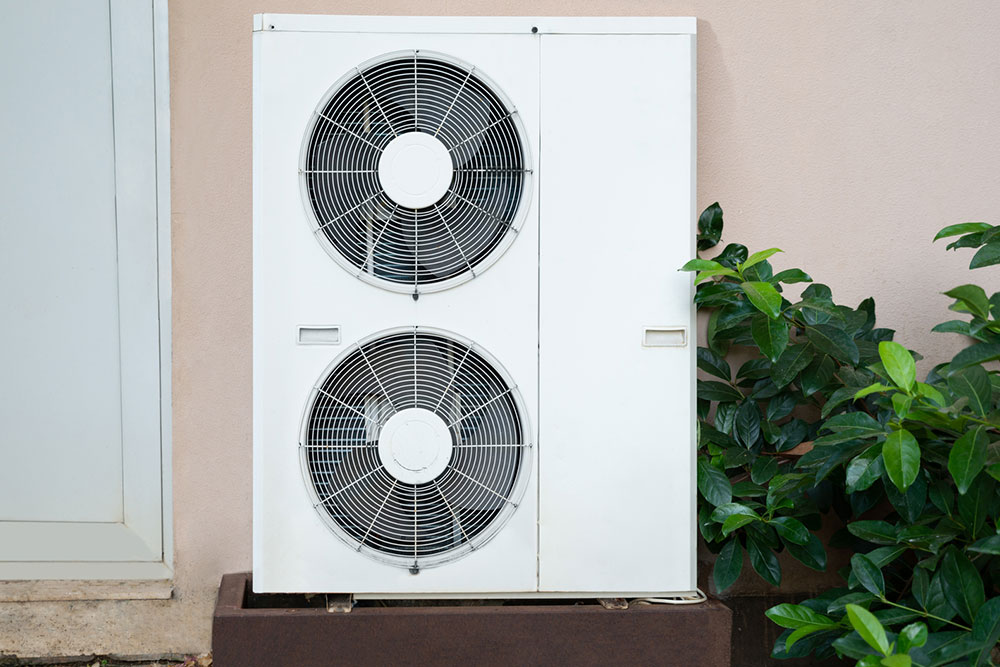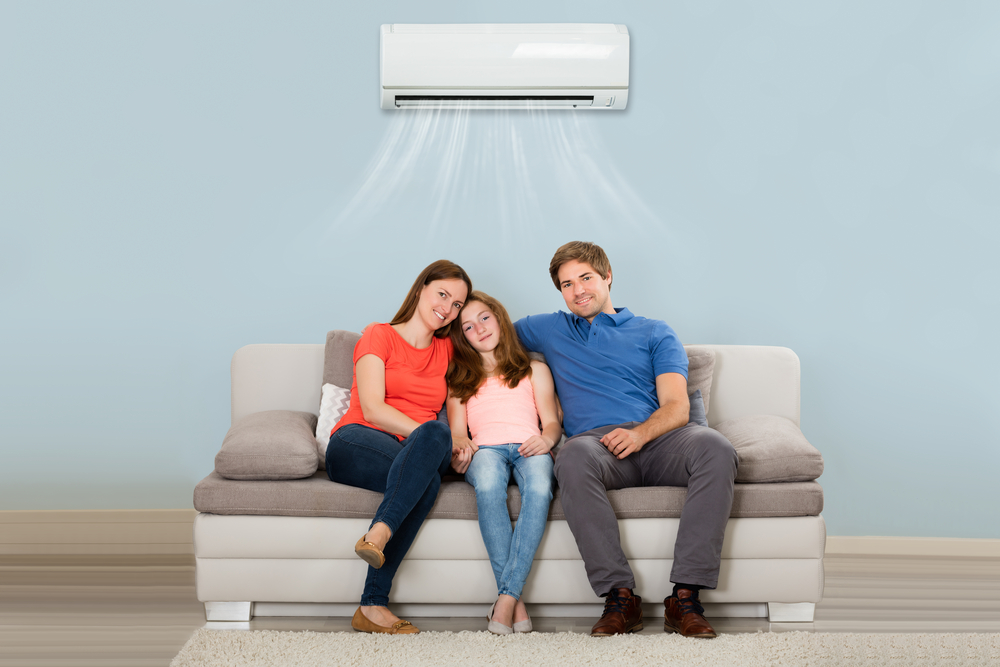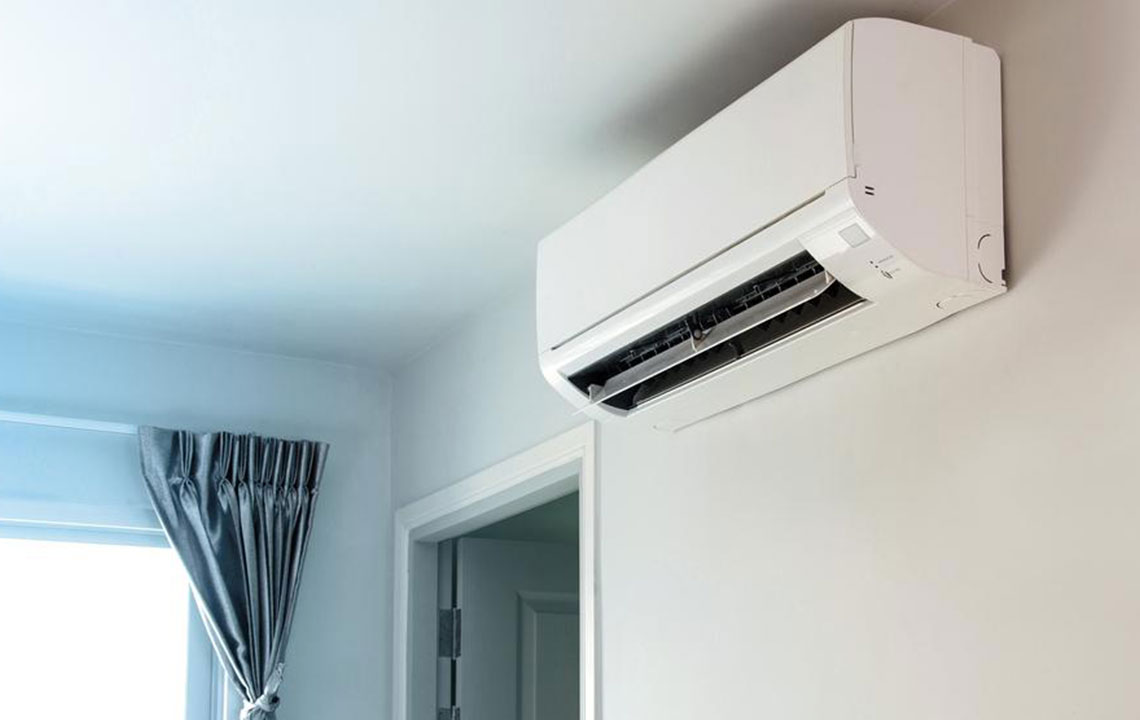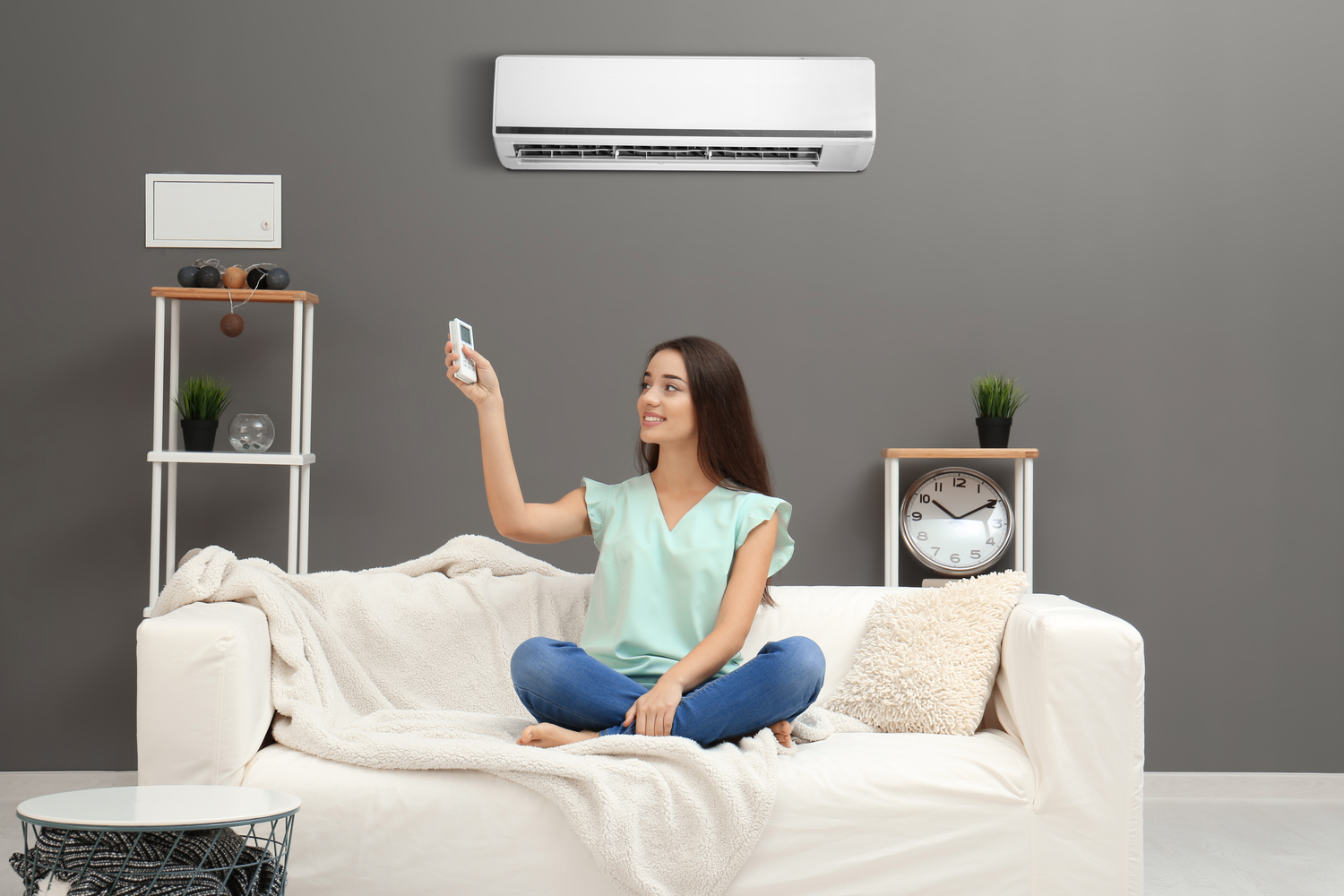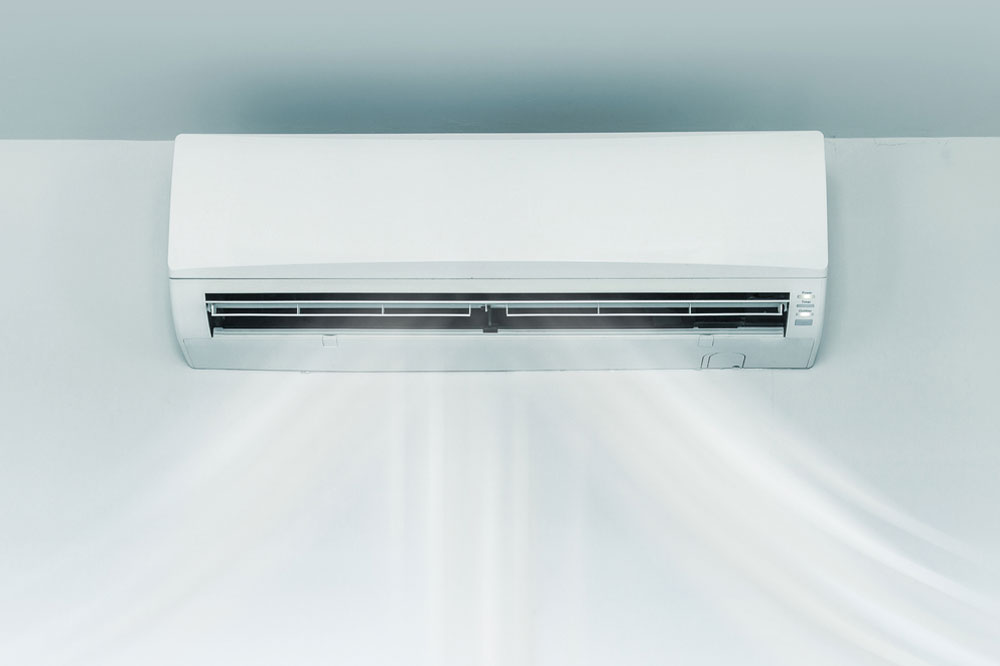Mobile Cooling Units: An Easy-to-Use Solution Without Permanent Installation
Discover portable cooling units that require no permanent installation, offering a flexible and cost-effective way to stay cool in hot weather. These easy-to-move devices are ideal for renters, small spaces, or those seeking quick cooling solutions. They feature simple setup, energy efficiency, and versatile functions, making them perfect for year-round indoor climate management. Browse top models and key tips to select the best portable air conditioner for your needs.
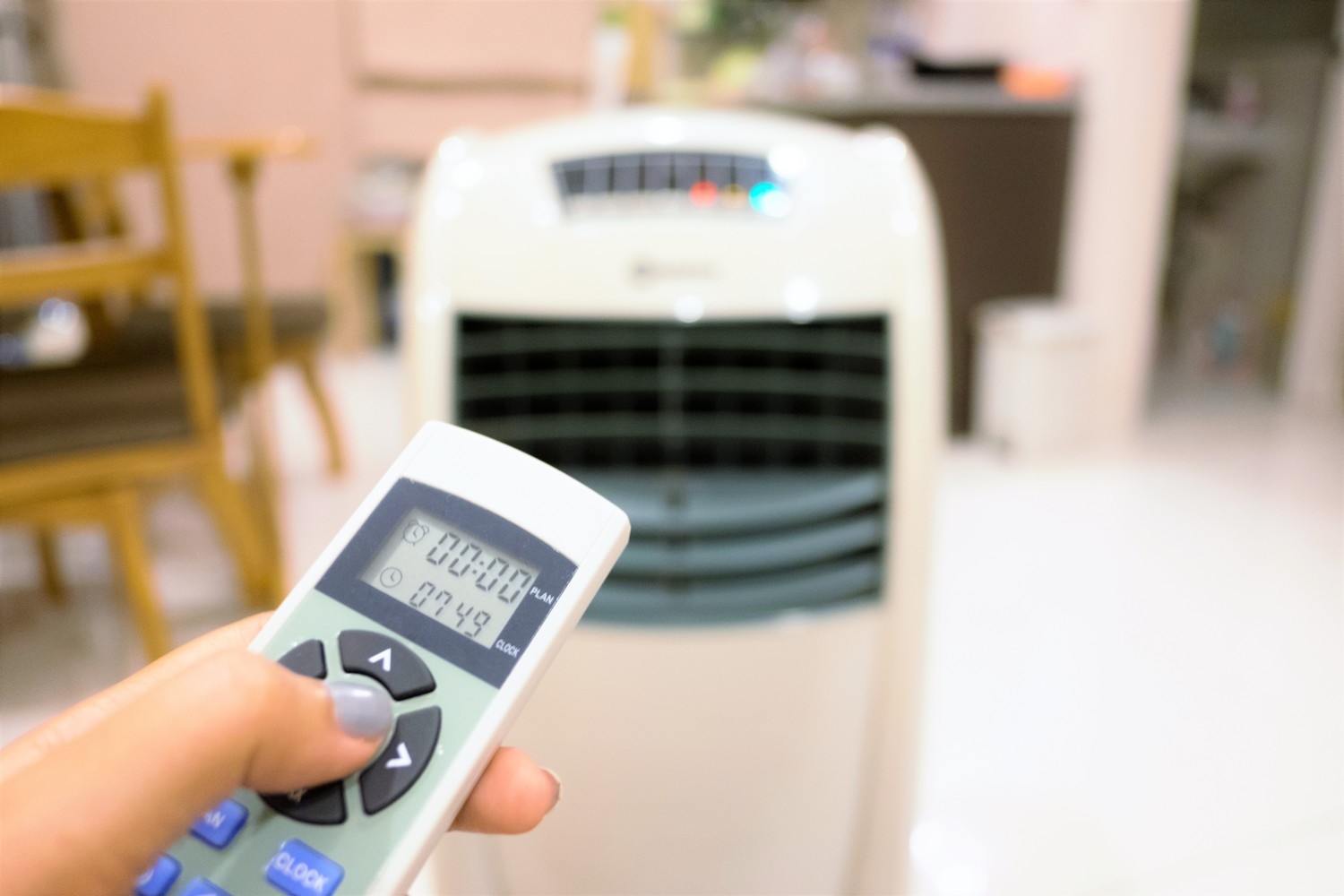
Mobile Cooling Units: An Easy-to-Use Solution Without Permanent Installation
During hot summer days, staying cool becomes a top concern. Conventional air conditioning systems are effective but often require professional setup and fixed installation, which can be costly and inconvenient. Portable cooling units provide an excellent alternative, delivering cool air without complex installation requirements.
This article discusses portable cooling devices that may not need any installation, highlighting their advantages, features, and important factors to consider when selecting the best unit for your space.
What Are Portable Cooling Units (No Installation Needed)?
Portable ACs are self-contained cooling devices that can be easily moved between rooms.
Unlike fixed window or central systems, portable air conditioners do not require permanent modifications to your property. They are designed to cool small and medium spaces with minimal setup. To operate, they vent hot air outside via a hose connected to a window or door. The process is quick and does not necessitate professional help, making them perfect for renters, temporary setups, or those desiring flexible cooling options.
Advantages of Portable Cooling Units That Don’t Need Installation
Portable cooling devices offer numerous benefits over traditional systems that demand permanent installation.
Simple Setup
One of the main benefits is straightforward installation. No drilling, wiring, or home modifications are needed. Usually, they come with a venting kit for windows and a flexible exhaust hose. All that’s required is an accessible window or door and a power outlet.
Mobility
With built-in wheels and handles, these units can be moved effortlessly, making them suitable for multiple rooms or renters who need versatile cooling options. Their mobile nature allows cooling wherever it’s needed most.
No Fixed Installation
Ideal for renters or those avoiding permanent changes, portable units can be set up and relocated freely. No drilling or damage to property is involved.
Cost Savings
Compared to fixed systems, portable units tend to be more affordable, eliminating installation costs. They're also energy-efficient since they only cool targeted areas, reducing overall electricity use.
Multi-Functional Features
Many models include additional features like dehumidification, fans, or even heating capabilities, making them practical year-round tools for managing indoor climates.
Key Factors When Choosing a Portable Cooling Device
Picking the right portable AC involves considering various features that impact performance and efficiency. Here are essential features to evaluate:
Cooling Power (BTUs)
The cooling capacity, measured in BTUs, indicates how large a space the unit can handle. Higher BTUs mean greater cooling power.
Energy Efficiency
Look for Energy Star ratings to ensure the device operates efficiently and minimizes electricity bills.
Noise Levels
Quieter models emit less noise, typically under 60 dB, ideal for bedrooms or quiet spaces.
Portability
Choose models with wheels and handles for easy movement around your home or office.
Water Drainage
Some units need manual drainage, while others feature self-evaporating systems that require less maintenance.
Ventilation Hose Length
Ensure the hose can reach your window or venting area, possibly requiring extension kits.
Dehumidification
Many portable units also dehumidify, improving comfort by reducing excess moisture.
Room Compatibility
Match the BTU rating to your room size. Smaller rooms typically need around 8,000–10,000 BTUs, larger spaces may require 12,000+ BTUs.
Top Portable Cooling Units Requiring Little or No Installation
Here are popular models designed for easy setup:
Whynter ARC-122DS
12,000 BTUs, suitable for 400 sq. ft., operates at 52 dB, Energy Star certified.
BLACK+DECKER BPACT10WT
10,000 BTUs, ideal for 300 sq. ft., noise level of 55 dB, Energy Star rated.
DeLonghi Pinguino PACAN120EW
12,000 BTUs, suitable for 500 sq. ft., runs at 53 dB, Energy Star approved.
Honeywell MN10CES
10,000 BTUs for 350 sq. ft., quiet operation at 52 dB, Energy Star rated.
LG LP1419IVSM
14,000 BTUs for up to 700 sq. ft., operates at 52 dB, Energy Star qualified.
Usage Tips for Portable Air Conditioners
To maximize efficiency, keep these tips in mind:
Ensure Proper Ventilation
Securely attach the exhaust hose to a window or vent and avoid obstructions to maintain airflow.
Regular Maintenance
Clean filters, check drainage, and keep the unit dust-free for optimal performance.
Select Appropriate Size
Pick a unit with suitable BTUs for your room size. Too small, and it won’t cool effectively; too large, and it might cycle excessively.
Portable cooling units with minimal setup are perfect for quick, flexible, and cost-effective cooling. Whether for renters, travelers, or temporary use, they combine convenience and efficiency. Consider key features like capacity, energy use, and portability to find the ideal match for your needs.
Visit trusted brands like Whynter, BLACK+DECKER, DeLonghi, and LG for more options.
Note:
Our articles cover various categories, offering useful insights based on research. However, they shouldn’t replace professional advice or detailed product evaluations. Users should verify data independently and be aware of additional deals or schemes available in the market.

